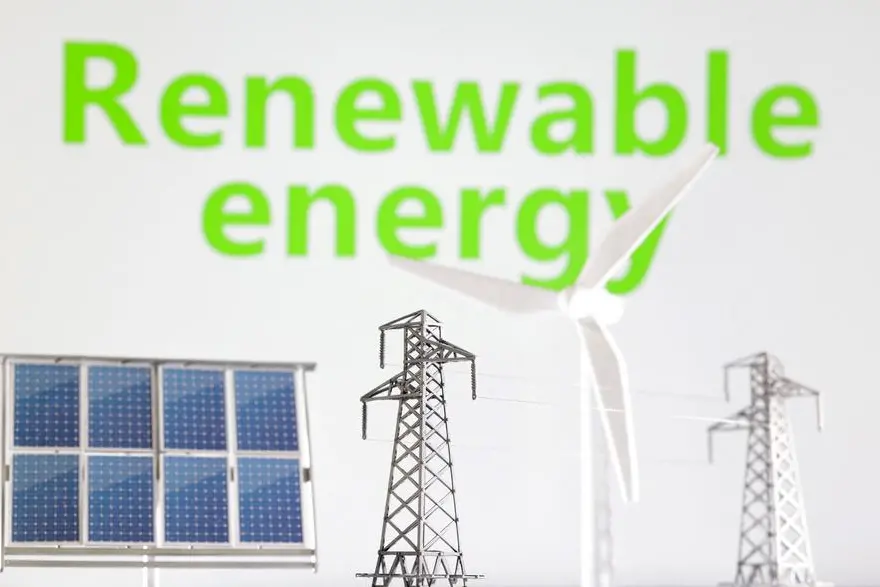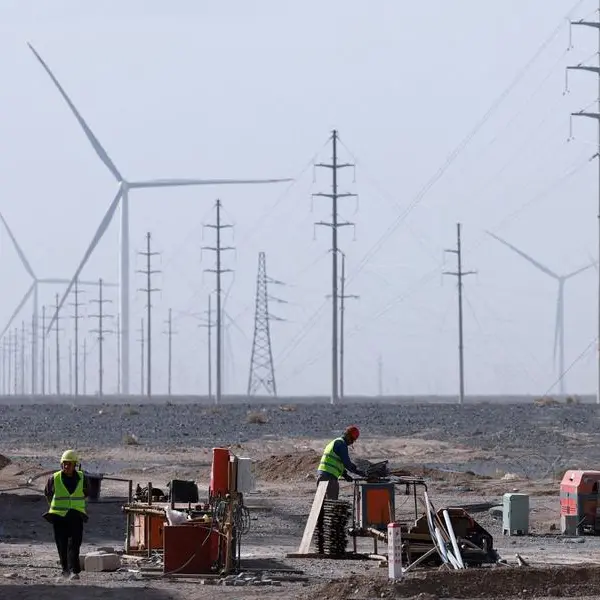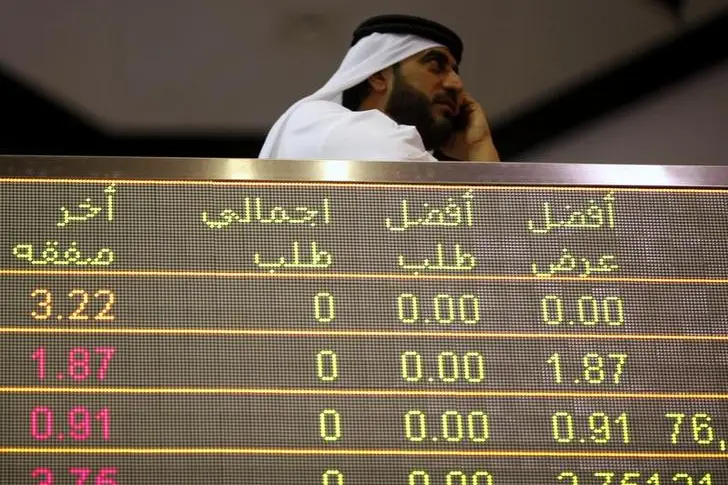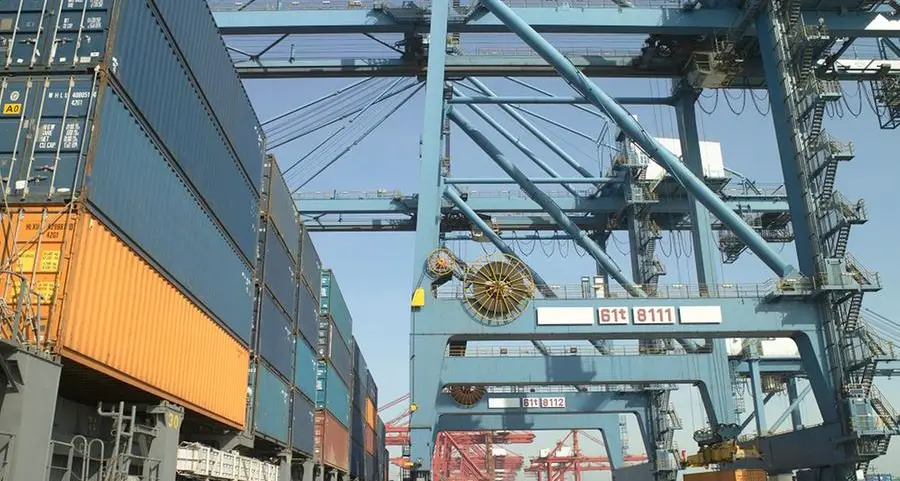PHOTO
Miniatures of windmill, solar panel and electric pole are seen in front of words Renewable energy in this illustration taken January 17, 2023. REUTERS/Dado Ruvic/Illustration
(The views expressed here are those of the author, a columnist for Reuters.)
LAUNCESTON, Australia - There is something positive for every type of energy in the International Energy Agency's latest global review, but the loudest cheers will be from renewables and natural gas.
The world's energy demand grew at 2.2% in 2024, a pace described as "faster than average" by the IEA in its Global Energy Review, released on Monday.
The acceleration was led by emerging and developing economies, which accounted for more than 80% of the growth, while the leading sector was electricity, which grew by 4.3% in 2024, or nearly double the annual average of the past decade.
The IEA report showed renewable power capacity rose by about 700 gigawatts (GW) in 2024, setting an annual record for the 22nd consecutive year. Along with an increase in nuclear energy it resulted in 80% of the rise in global electricity coming from low-emission sources.
Two broad themes emerge from the IEA's review.
The first is that renewable energy is the driving force in new electricity capacity.
The second is that emerging economies, and especially those in Asia, will determine what energy sources see the most growth, and the most decline, in coming years.
Global electricity generation rose by 1,200 terawatt hours (TWh) in 2024, an increase of 4%, with solar climbing by about 480 TWh and wind up by 180 TWh, the IEA said.
Hydropower also rose by 190 TWh, but the IEA said this was largely due to wet weather in several major markets rather than capacity additions.
China, the world's second-largest economy, again dominated renewable capacity additions, accounting for two-thirds of the global total of renewables connected to the grid, with 340 GW of solar and 80 GW of wind.
India, the world's most populous country, also added about 30 GW of solar capacity, which was triple the growth of the previous year.
But India's solar additions were less than 10% of what China achieved in 2024, underscoring just how rapidly China is forging ahead with renewable energy.
STEADY COAL
It's perhaps ironic that China and India are also the lynchpins of global coal demand, with China getting about 60% of its electricity from the fuel and India nearly three-quarters.
Coal demand increased by a modest 1% in 2024 to a record high, with China consuming 40% more coal than the rest of the world combined.
Coal's share of the global electricity mix dropped to 35% in 2024, the lowest figure since the IEA was founded in 1974.
While coal remains a significant source of energy, its use is increasingly limited to China, India, some Southeast Asia countries and to some nations in Africa, such as South Africa.
This concentration doesn't bode well for the global seaborne market, as the main coal consumers are also now the major producers of the fuel, and all have some form of policy or commitment to favour domestic sources rather than imports.
China and India are also the world's two biggest importers of coal, but both are seeking to rely more on domestic fuel, with the exception being India's increasing reliance on imported metallurgical coal for steel-making.
GAS LESSONS
In addition to renewables, the other big winner in 2024 was natural gas, with the IEA saying demand reached an all-time high, rising 2.7% in 2024 to reach 115 billion cubic metres, rebounding from the 1% growth rate between 2019 and 2023.
Once again, the main driver was Asia, with demand in China from heatwaves and the switch to liquefied natural gas (LNG) trucks fuelling growth.
But within the positive story, there is a note of caution, with the IEA noting that China's growth rate of more than 7% in 2024 was built around the first part of the year, and demand turned negative in the last two months of the year.
This was largely due to higher spot LNG prices toward the end of the year that curbed China's appetite for the fuel.
The lesson here is that countries in Asia are keen to use more LNG but they will only do so if the price is competitive, meaning LNG producers must choose between volume growth or strong prices.
If there was a loser in the IEA report it was crude oil, with the agency noting that demand only rose 0.8% in 2024, and was driven mainly by the petrochemical sector.
Much of the deceleration in oil demand seems structural, due to the ongoing shift to electric vehicles, especially in China, growth in LNG trucks and increasing high-speed rail for intercity transport.
Proponents of fossil fuels will point out that the IEA report shows that their demand is still growing.
But that ignores the main trend, which is renewables are expanding far quicker and also increasing penetration in the world's fast-growing regions.
The views expressed here are those of the author, a columnist for Reuters. (Editing by Edwina Gibbs)
Reuters























